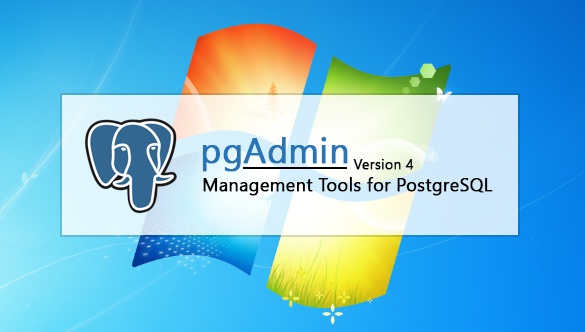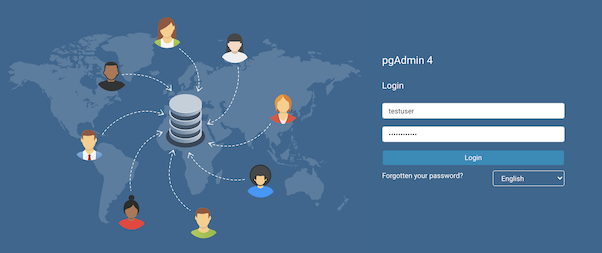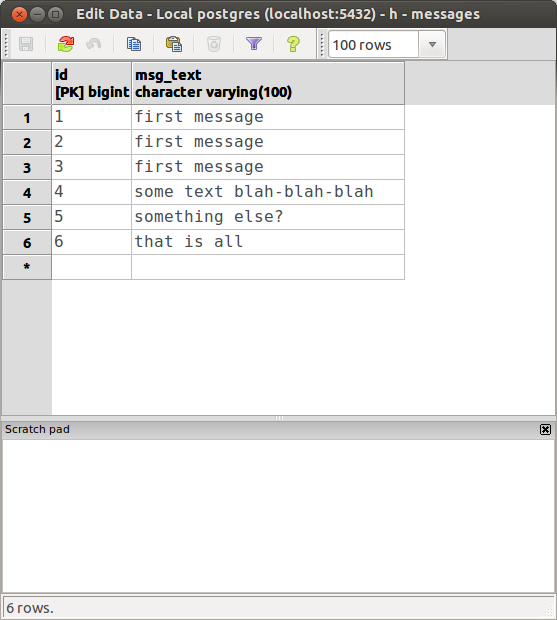

- #Trouble restoring in pgadmin 4 how to
- #Trouble restoring in pgadmin 4 update
- #Trouble restoring in pgadmin 4 software
TLDR If you already know SQL, you’re gold. Why should you want to do that? Well, read this excellent blog-post from TimescaleDb itself, and judge yourself. These extensions open-up the possibility of using this database-sever as a timeseries database, and thus can replace InfluxDb in some occasions. The addon also has TimescaleDb extensions installed. The recorder-component can be configured to use PostgreSql instead of it’s default SQLLite connection by using the following database-url: postgresql://user: /homeassistantįor more information on configuring the recorder-component, please read the Docs TimescaleDb Extension You can use this database-server to replace the default HomeAssistant SQLLite database (the one that is used by the recorder-component and stores all entity-states). This is post #4 in my quest for publishing weekly.This add-on runs a PostgreSql database server on your HomeAssistant installation. Problems? Errors? Leave a comment below to let me know if it works for you.

Run the command docker inspect -f '' | python -m json.toolĬopy the dump from your host system to one of the volumesĮxecute pg_restore via docker exec command Step 2: Find the volumes available in the Docker container Turn on your Docker and run the docker ps command to locate the name and id of the Docker container.
#Trouble restoring in pgadmin 4 how to
The one way to accomplish both backup and restore postgres data dump in Docker container How to Restore Data Dump Using pg_restore Step 1: Find the name and id of the Docker container hosting the Postgres instance Generic flow to backup and restore postgres dump in Docker
#Trouble restoring in pgadmin 4 update
Moreover, it's easy for me to update the content here as time goes by. But, keeping it to only one way makes it easy for beginners to follow. It doesn't mean my one way is the best way. To keep things simple for beginners, I will only state one way to accomplish this. Similarly, there are several ways to run backup and restore. There are several ways to achieve the transfer of files between your host system and the docker container. Therefore, when you execute the typical Postgres pg_restore commands, the database dumps will need to be in the docker container's volumes. When you want to run certain commands within the containers and these commands need to interact with certain files, the assumption is that these files are found in the docker container's own volumes.Next, realize that executing commands inside the docker container from your host system is possible.Think of them like the disk volumes in your host system. Firstly, Docker containers have their own volumes.Key Insights You Need to Know About Docker Containersīefore I go into the step by step about the backup and restore database dumps, you need to first acquire some fundamental insights of the Postgres and Docker technologies. I'll write the counterpart article to the backup process on a separate day and add the link to it when it's ready. Therefore, this article is about how to restore database dumps for Postgres running inside Docker containers. Some frequent tasks includes backing up and restoring database dumps. However, this also means I need to figure out regularly used tasks involving these new technologies.
#Trouble restoring in pgadmin 4 software
Adding Postgres and Docker to my toolbox has increased my effectiveness in my software business. This is especially the case when I paid to learn about cookiecutter-django. Starting in mid 2018, I moved towards using Postgres and Docker instead.

MySQL for database and VirtualBox and Vagrant for running my environments. Title: "How to Restore Database Dumps for Postgres in Docker Container"īefore 2018, I largely use the following technologies. How to Restore Database Dumps for Postgres in Docker Container


 0 kommentar(er)
0 kommentar(er)
